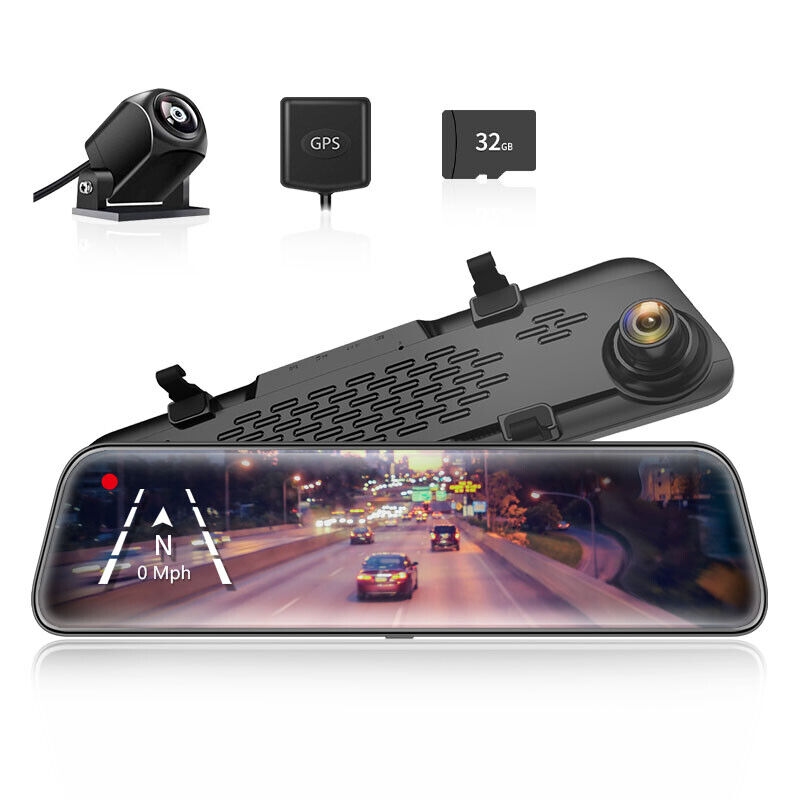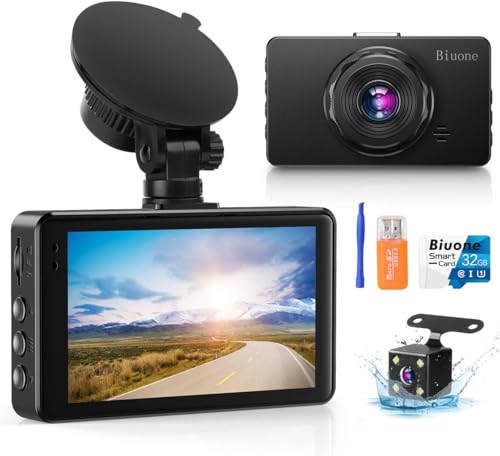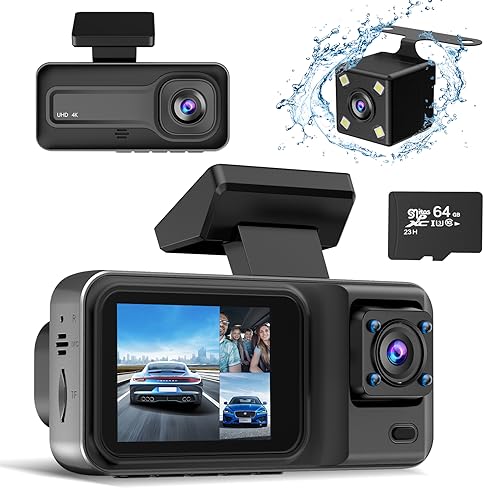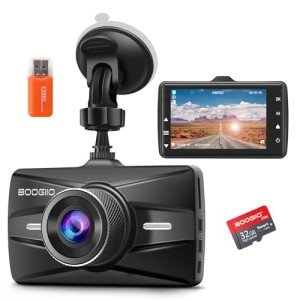Finding the right digital camera can feel a bit overwhelming, especially with so many options available. But don’t worry, I’m here to help you narrow it down! To start, think about what you want to do with your camera. Are you looking to snap family photos, capture stunning landscapes, or just get some good shots for your social media? Identifying your main use can really help you focus on what features matter.
Next, consider the type of digital camera that suits your lifestyle. If you’re always on the go and need something lightweight, a compact camera might be the best fit. They’re easily portable and usually pretty user-friendly. But if you want to take your photography to the next level, check out mirrorless or DSLR cameras. They offer more control over your shots and higher quality images, but they can be bulkier.
Don’t forget about the important specs! Pay attention to things like megapixels, zoom capabilities, and low-light performance. Higher megapixels mean clearer images, and a good zoom can help you get shots from a distance. If you often find yourself in dim places, look for a camera that does well in low light. These features can make a big difference in how your photos turn out.
Lastly, think about your budget. Digital cameras come in all price ranges. Set a budget and stick to it. You don’t have to break the bank to get a camera that fits your needs. Sometimes, last year's model can give you just as much quality without the heavy price tag of the latest release.
In the end, it’s all about finding a camera that makes you feel comfortable and excited to take pictures. Explore your options, and you’ll definitely find the right digital cameras for your photography journey!
Understanding Camera Settings Made Easy
Camera settings might sound tricky, but once you break them down, they’re not that hard to grasp. If you own digital cameras, knowing how to adjust a few settings can take your pictures from average to awesome. Let's dive in!
First up, let’s chat about ISO. This setting controls your camera’s sensitivity to light. A low ISO (like 100 or 200) is great for bright days, while a higher ISO (like 1600 or 3200) is perfect for low-light situations. Just remember, cranking up the ISO can introduce graininess. So, keep it low in bright light and only increase it when you need to.
Next, there’s shutter speed. This determines how long your camera’s shutter stays open. Fast shutter speeds (like 1/1000 of a second) freeze motion, which is ideal for capturing fast-moving subjects. Slower speeds (say, 1/30 of a second) let in more light and can create cool motion blurs. Mix and match these settings based on your shooting situation!
And we can't forget about aperture. This controls how wide the lens opens. A wide aperture (like f/2.8) lets in a lot of light and gives you that nice blurred background effect, which is perfect for portraits. A narrower aperture (like f/16) helps keep everything in focus, great for landscapes.
With digital cameras, getting to know these settings unlocks your creative potential. Don’t be afraid to experiment! Practice makes perfect, and soon you’ll be snapping amazing shots that capture those special moments just the way you want them.
12" Dual Cameras WOLFBOX G840S Mirror Dash Cam
Capture every detail on the road with the high-definition 12" Dual Cameras WOLFBOX G840S Mirror Dash Cam
Product information
$99.99 $74.99
Product Review Score
4.34 out of 5 stars
133 reviewsProduct links
Tips for Taking Stunning Photos
Taking stunning photos isn’t just about having the latest digital cameras; it’s also about knowing a few tricks that can make a big difference. First off, always pay attention to lighting. Natural light can make your subject pop, so try to shoot during the golden hours—early morning or late afternoon. If you're using artificial light, don’t be afraid to experiment with different angles and sources.
Next, think about composition. The rule of thirds is a great starting point. Imagine your frame split into a grid, and place your subject along those lines or at their intersections. This simple trick can make your photos feel more balanced and dynamic. Also, don’t shy away from getting up close. Zooming in can add a whole new level of detail to your shots.
Don’t forget to focus on your subject. Make sure it’s sharp and clear, which gives your photos that professional touch. If your digital cameras have a manual focus option, play around with it to see what works best for you. Sometimes, a little adjustment can turn a good photo into a great one.
Finally, don’t hesitate to edit your photos afterward. Most digital cameras allow you to take raw images, which gives you more flexibility in editing. Use basic tools or apps to tweak brightness, contrast, and saturation. This can elevate your images and help them stand out even more!
Dual Dash Cam, 1080P FHD Front and Rear Cameras
Capture crystal clear footage from the front and back with our Dual Dash Cam's 1080P FHD Front and Rear Cameras
Product information
$69.99 $38.84
Product Review Score
4.53 out of 5 stars
216 reviewsProduct links
Essential Accessories for Every Camera User
When you're diving into the world of digital cameras, having the right accessories can make all the difference. Whether you're a beginner or an experienced photographer, these essentials will help you get the most out of your gear.
First up, a sturdy camera bag is a must. It keeps your digital cameras safe and organized. Look for one with padded compartments to protect your lenses and body. A good bag should also be comfortable to carry, especially if you're out shooting for hours.
Next, don’t underestimate the power of extra batteries. Nothing ruins a great photoshoot like running out of juice. Grab a couple of spares to ensure you're always ready to snap that perfect shot. Plus, consider a portable charger for your camera if you’re planning a longer outing.
Then there’s the tripod. This little gem helps steady your shots, especially in low-light situations or when you want to capture long exposures. A lightweight, adjustable tripod is easy to carry and can be a game changer for your photography.
Lastly, don’t forget about cleaning supplies. Dust, fingerprints, and smudges can ruin great shots. A simple lens cloth and a blower can keep your digital cameras in top shape, ensuring you get clear and crisp images every time.






